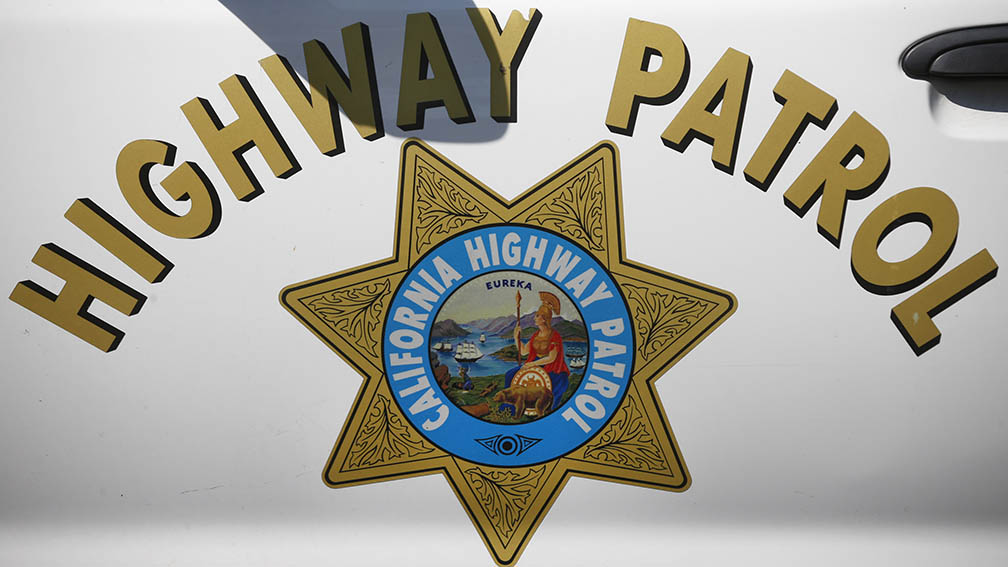Today's e-Edition
Get Morning Report and other email newsletters
Get Morning Report and other email newsletters
Today's e-Edition
Trending:
Q: Riverside resident Paul Benoit said he is curious about the new California Highway Patrol cars with factory-colored paint jobs – Dodge Durangos – that are now being used for traffic law enforcement.
Benoit asked, “How does the CHP reconcile this utilization with California Vehicle Code 40800(a) which states: A traffic officer on duty for the exclusive or main purpose of enforcing the provisions of Division 10 … shall wear a full distinctive uniform, and if the officer while on duty uses a motor vehicle, it shall be a distinctive color specified by the commissioner.”
Benoit said it seems that the use of quasi-unmarked cars goes against this code section.
Our reader also said he thinks that using marked CHP patrol cars on the highways is more effective than the occasional traffic stop by a stealth unit “sneaking up” on someone.
He asked for our thoughts.
A: In regards to Benoit’s query about the use of these stealth cars and the Vehicle Code, CHP Officer Ivan Sandoval of the Inland Division responded, saying the agency complies with the section.
“All officers enforcing traffic laws are in full uniform, and their vehicles meet the ‘distinctive color’ standard established by the Commissioner,” Sandoval said.
While some patrol vehicles use factory paint finishes, each is equipped with emergency lighting and markings approved for enforcement use, he said.
Sandoval added: “These newer vehicles serve as a valuable complement to traditional black-and-white patrol cars, enhancing visibility and deterrence while allowing officers to address dangerous driving behavior more effectively.”
We should note that using stealth or undercover legal methods of law enforcement is not new.
Q: Jurupa Valley resident Gloria Perry asked: “I know tractor trailers are not supposed to be in the No. 2 lane on freeways with four lanes, but what if it’s just the cab not pulling a trailer? I saw two different cabs do this on I-10. They both were in the No. 3 lane but moved into the No. 2 lane to pass regular semis with trailers.”
She said that on the 60 heading from the 15 toward the 57 Freeway, it’s common for semis with trailers to clog up three lanes, leaving only the HOV or carpool lane and the No. 1 or fast lane open for other vehicles.
A: When a truck tractor operates without a trailer, lane restrictions depend on the number of axles, the CHP’s Sandoval said.
A three-axle tractor — even without a trailer — is still considered a commercial vehicle and is restricted to the two right lanes on freeways with four or more lanes in each direction. Only two-axle tractors operating solo may use additional lanes, unless otherwise posted, he said.
Finally, for our older drivers and their families, we’d like to share that the Auto Club is hosting a table at the Golden Future 50+ Senior Expo in San Diego on Saturday, Dec. 6.
The hours are 9 a.m. to 1:30 p.m. at the Handlery Hotel, 950 Hotel Circle North. The Auto Club will offer resources on safety for older drivers at this free expo.
So, if you’re in the area or planning to attend the expo, look for the Auto Club table.
Do you commute to work in the Inland Empire? Spend a lot of time in your vehicle? Have questions about driving, freeways, toll roads or parking? If so, write or call On the Road and we’ll try to answer your questions. Please include your question or issue, name, city of residence, phone number and email address. Write ontheroad@scng.com or call 951-368-9995.
Copyright © 2025 MediaNews Group












